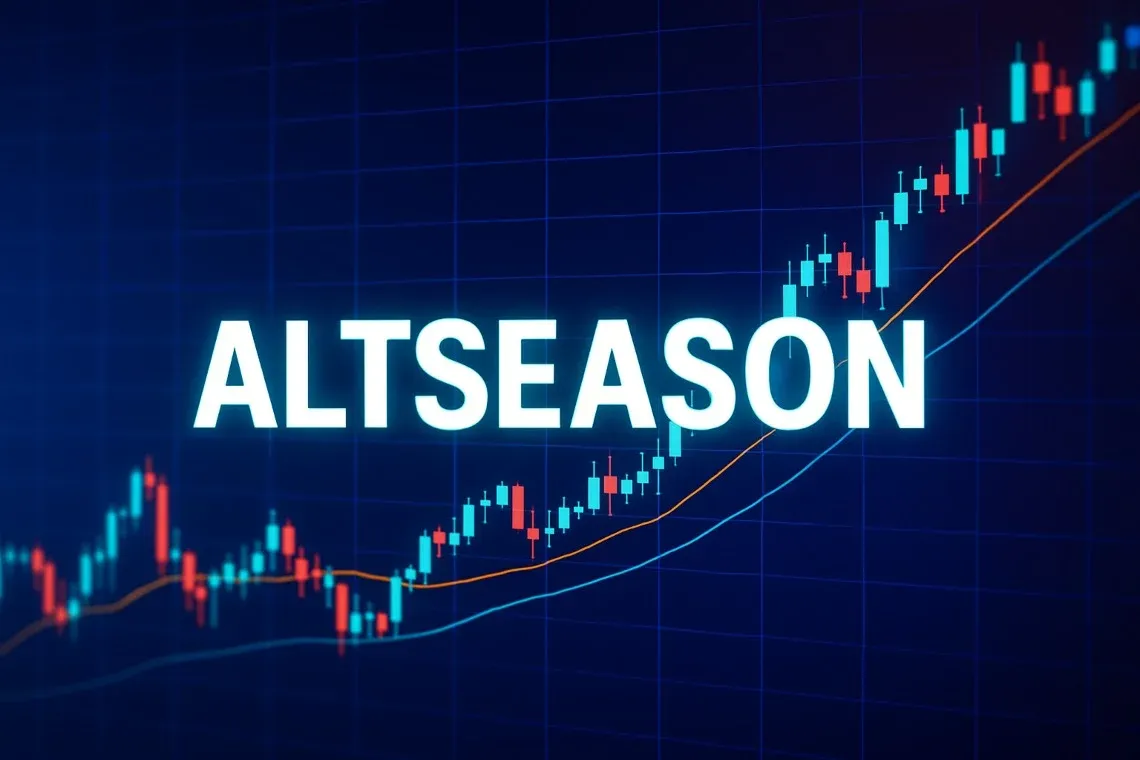Bitcoin Cools Off After Record High As Questions Swirl About Altcoin Season

Bitcoin has entered a cooling phase following its surge to an all-time high of $124,000 last week. The leading cryptocurrency now trades lower around the $114,000 mark reflecting a natural pullback after the intense rally that captivated investors. Ethereum follows a similar pattern, consolidating around its prior cycle high of $4,800, a mark last reached during the bullish momentum of 2021.
With the fourth quarter approaching in just four weeks, market participants are turning their attention to the possibility of an altcoin season. This period has traditionally seen funds shift from dominant assets like Bitcoin and Ethereum toward smaller tokens, leading to widespread gains. Discussions now center on whether such a rotation will materialize this time around.
Historical patterns show altcoin seasons driven by ample liquidity and heightened speculation once Bitcoin and Ethereum secure upward trends. The 2017 cycle featured initial coin offerings that elevated lesser-known projects to remarkable heights. By 2021, DeFi and NFT’s became the catalysts for broad market enthusiasm.
Stay In The Loop and Never Miss Important Crypto News
Sign up and be the first to know when we publishShifting Market Dynamics
Current conditions suggest a departure from past cycles, with institutional investments playing a larger role. Bitcoin exchange-traded funds and corporate treasuries have positioned Bitcoin as the main recipient of capital inflows. Memecoins on platforms such as Pump.fun have captured speculative interest, diverting attention from mid-tier altcoins that once benefited from similar energy.
Ethereum and Solana have also seen treasury allocations as well, with companies committing billions to these assets on their balance sheets. These developments indicate a maturing market where select cryptocurrencies gain favor among traditional investors. Yet the broader ecosystem faces challenges as these gains may not circulate widely until a new cycle begins.
Smaller projects now vie for a constrained supply of retail investment, much of which has shifted to high-risk plays like memecoins and derivatives. This environment tests the resilience of various tokens, favoring those with solid foundations such as privacy coin projects over fleeting hype. Survival in this landscape requires projects to demonstrate real utility and community support.
External economic factors hold substantial influence over the crypto market’s direction. Geopolitical developments and potential tariff-related inflation could affect risk appetite across assets. The Federal Reserve’s approach to monetary policy will likely guide whether inflows into cryptocurrencies persist or taper off.

